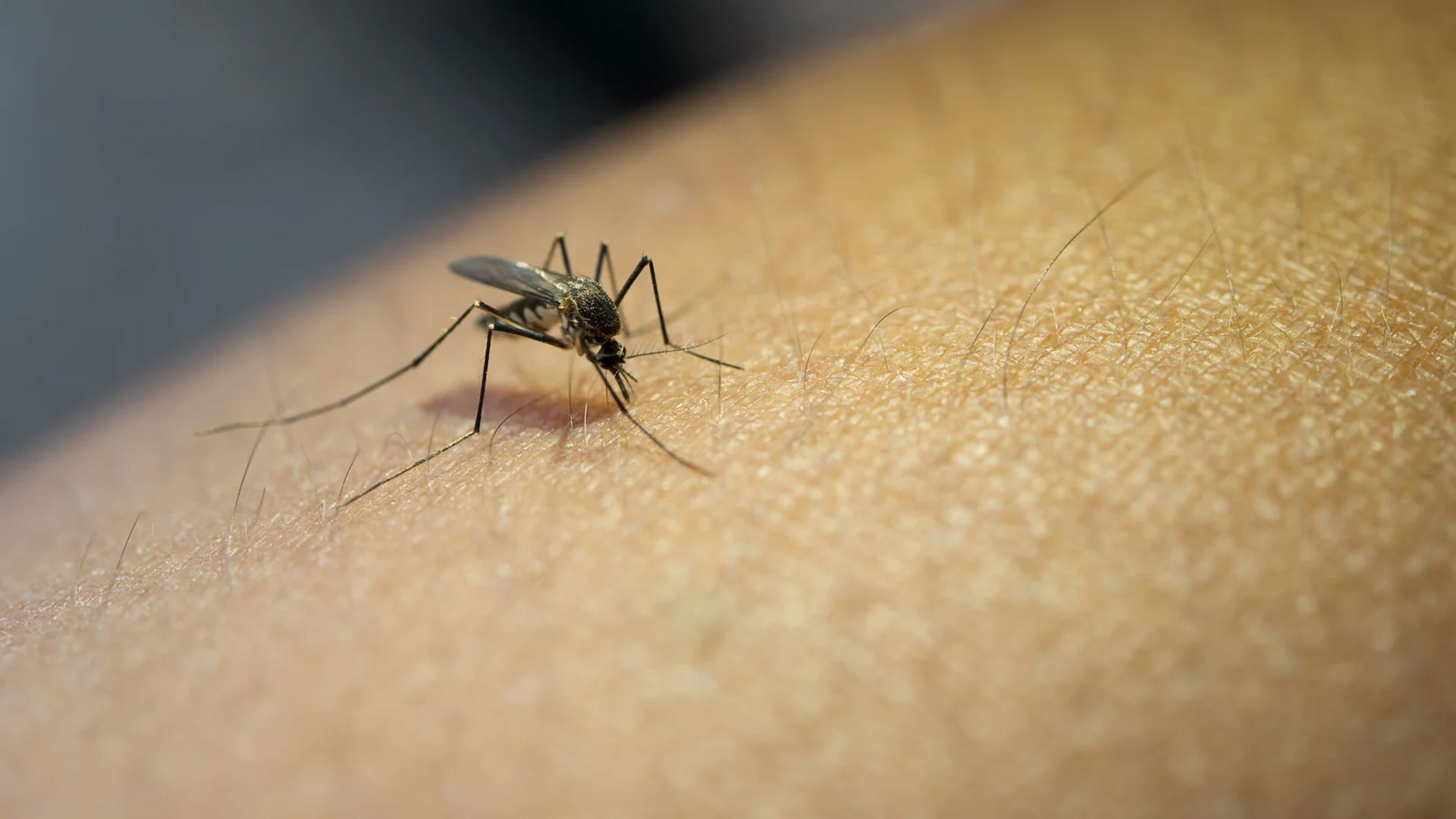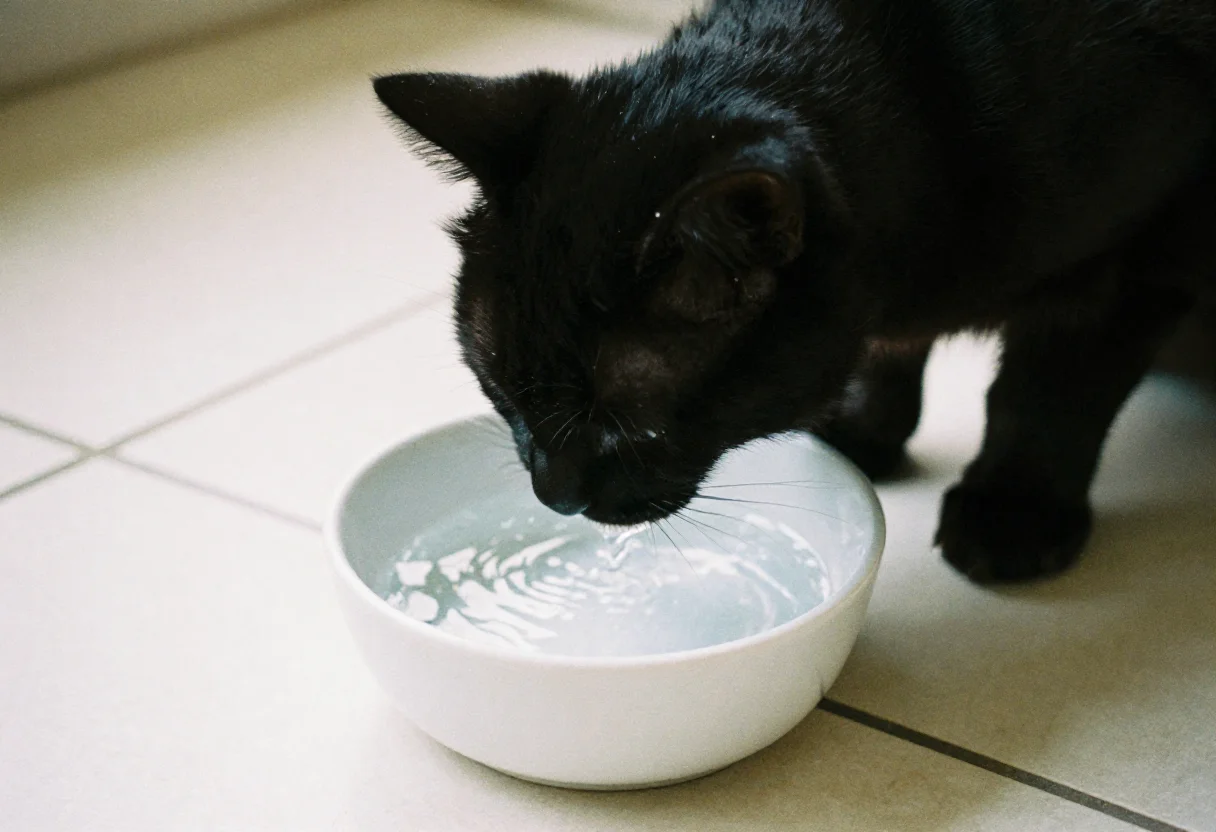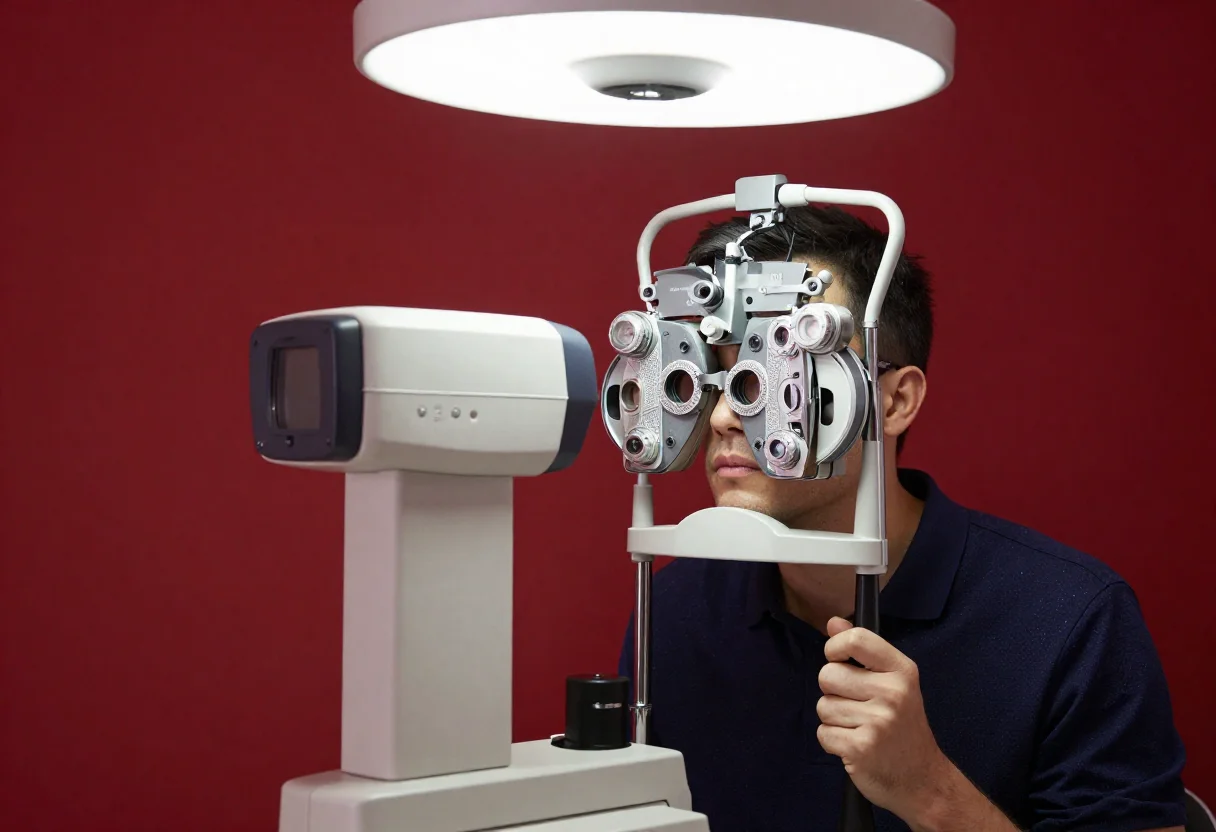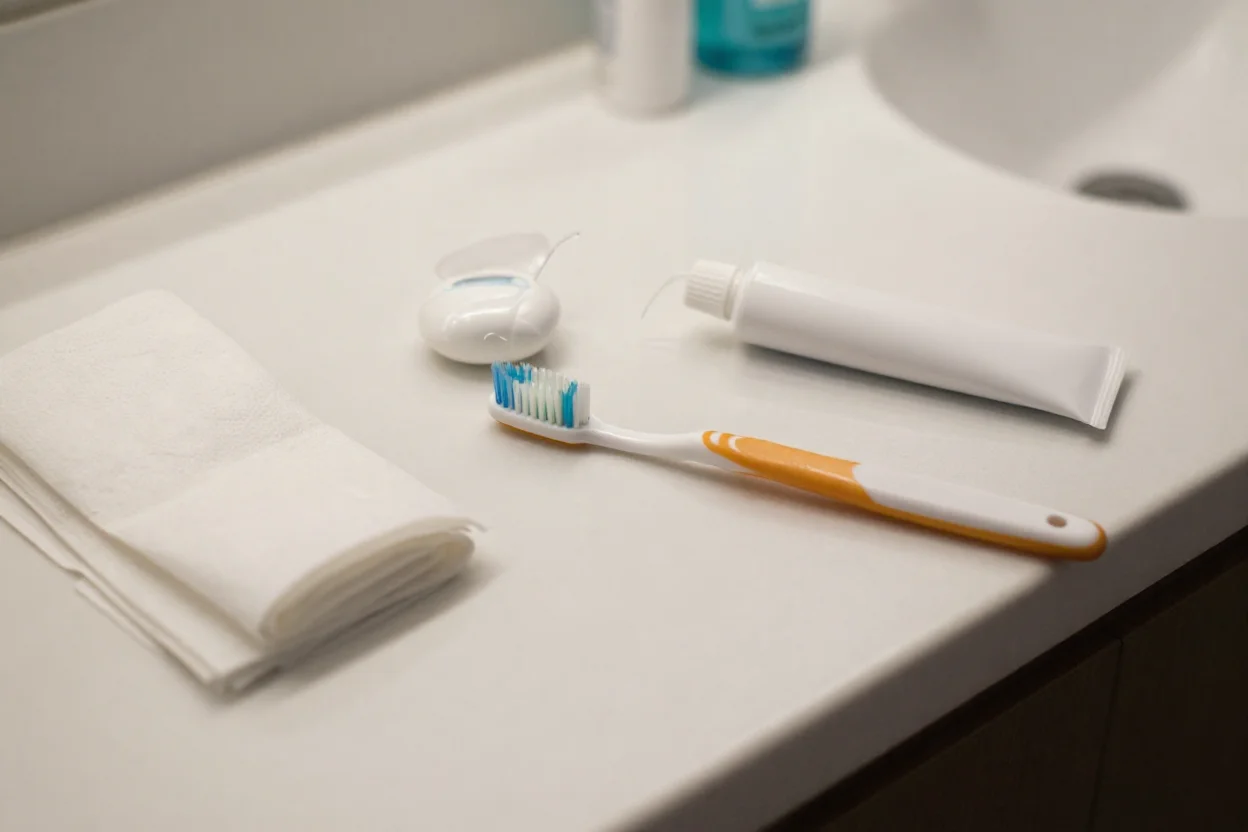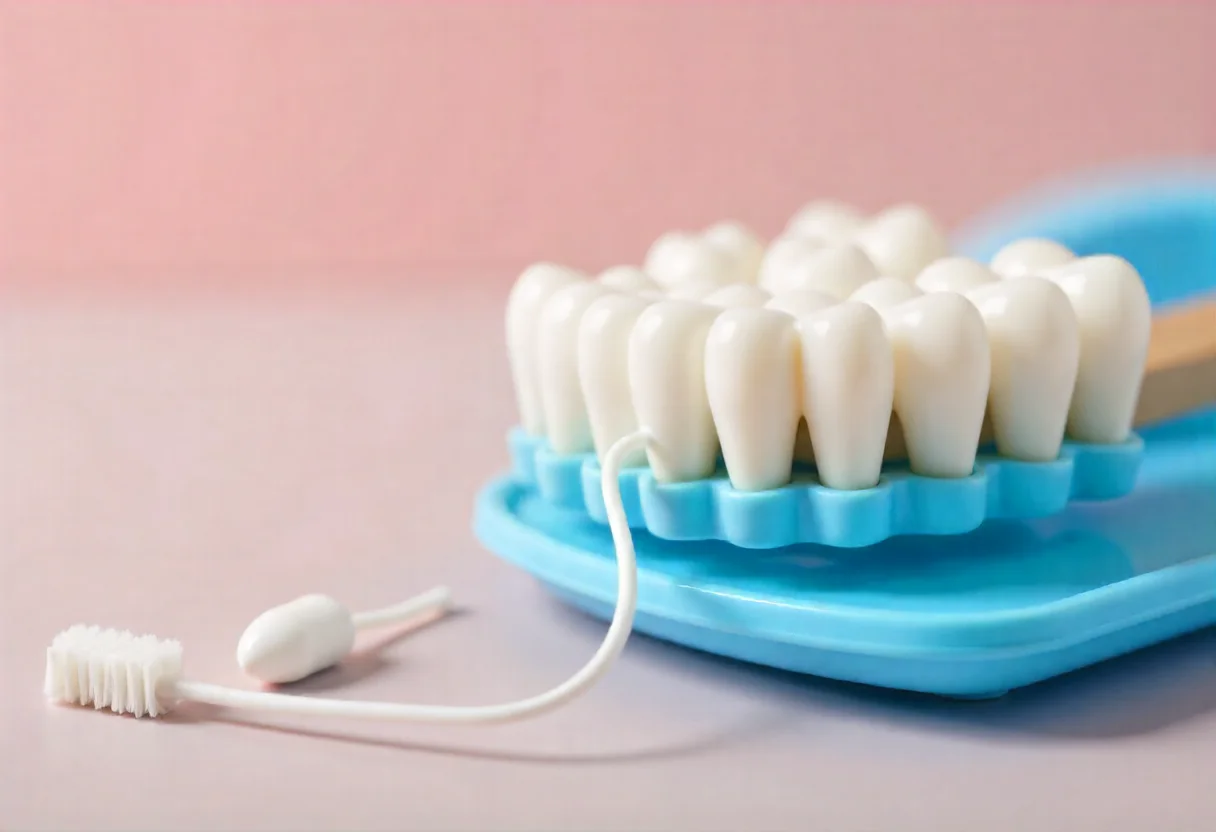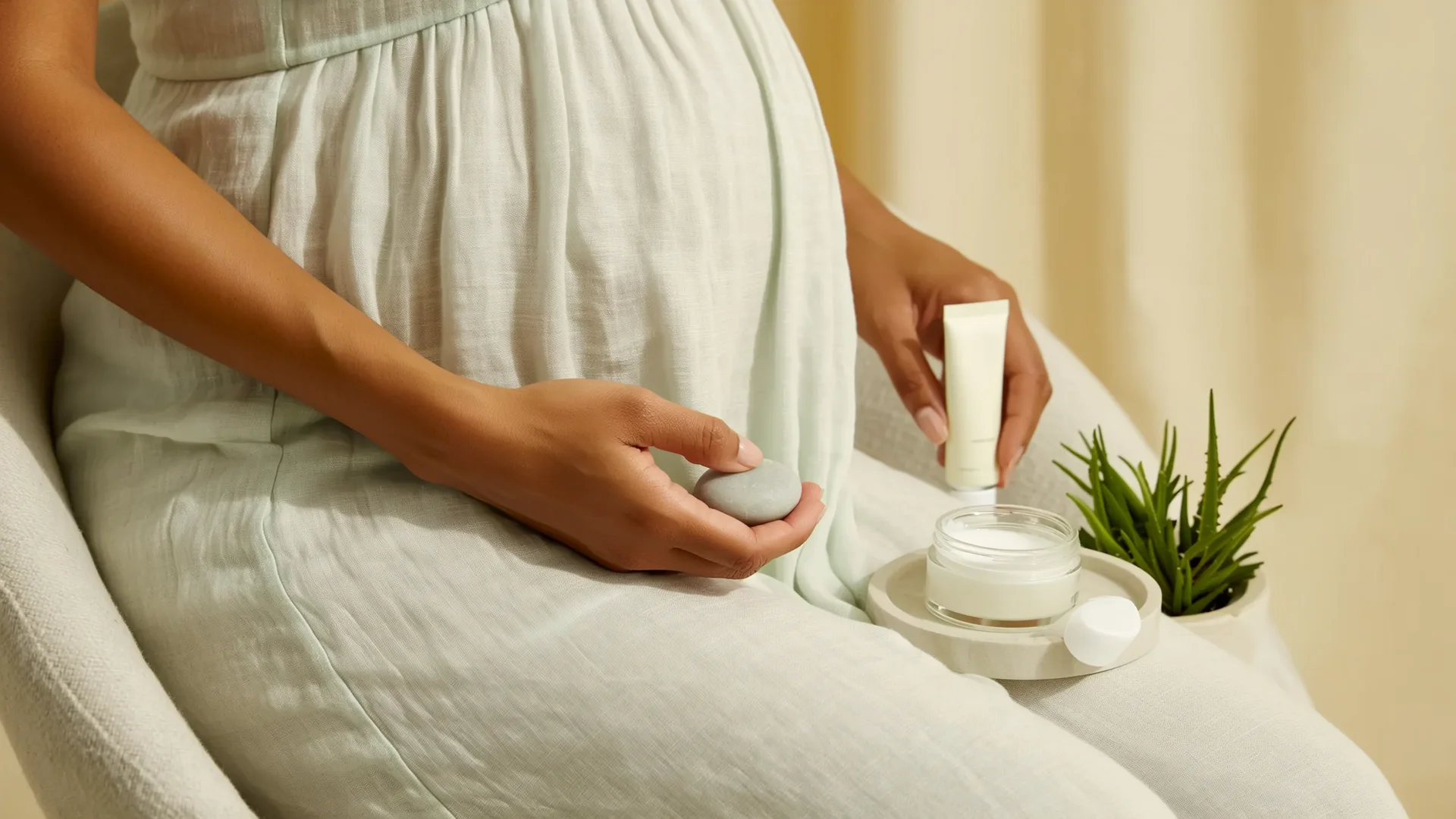
Contents
Skin changes observed during pregnancy
Safe and avoidable skincare ingredients
Clinical and cosmetic approaches
“Pregnancy is a special period in which women experience significant physiological, hormonal, and psychological changes. During this process, skin health is noticeably affected due to fluctuations in estrogen and progesterone levels, circulatory differences, and changes in the immune system. As a result, various dermatological conditions such as increased pigmentation, acne tendency, dryness, edema, vascular changes, and stretch marks may occur. Therefore, it is important that skincare approaches applied during pregnancy are both safe and effective in terms of maternal health and psychological well-being.”
Skin changes observed during pregnancy
Pregnancy is a period in which the expectant mother experiences significant physical and hormonal changes. During this process, the skin becomes more sensitive due to fluctuations in hormone levels; changes such as dryness, pigmentation, acne, or sensitivity are frequently observed.
The most common skin changes observed during pregnancy are as follows:
• Increased pigmentation: Melasma (pregnancy mask) and linea nigra are common examples of hyperpigmentation.
• Striae gravidarum: Due to hormonal effects and rapid weight gain, stretch marks may develop on the abdomen, breasts, and thighs.
• Acne and seborrhea: With the increased effect of androgens, sebaceous gland activity may increase and acne outbreaks may be triggered.
• Vascular changes: Spider angiomas, palmar erythema, and varicose veins may occur.
• Hair and nail changes: Decreased hair loss, increased nail fragility, and changes in growth rate may be observed.
Safe and avoidable skincare ingredients
As the need for skincare increases in expectant mothers, the safety of the products used becomes critical. This is because some skincare ingredients may negatively affect fetal development or pose a risk by passing into systemic circulation through the skin.
Therefore, it is of great importance to prefer safe ingredients during pregnancy, to avoid potentially harmful components, and to be aware of proper product use. Conscious product selection by expectant mothers contributes both to protecting their own skin health and to the safe development of the baby.
Ingredients considered safe
• Moisturizers: Ingredients such as glycerin, hyaluronic acid, and aloe vera help maintain the skin’s moisture balance.
• Plant-based oils: Olive oil, almond oil, and shea butter support the barrier function and reduce the formation of stretch marks.
• Physical sunscreens: Zinc oxide and titanium dioxide are the safest sunscreen agents during pregnancy.
• Azelaic acid: Classified as FDA Category B and considered safe. It can be used for acne and pigmentation problems.
Ingredients to avoid
• Retinoids (tretinoin, isotretinoin, tazarotene): Contraindicated during pregnancy due to teratogenic risks.
• Hydroquinone: Not recommended due to its high systemic absorption rate.
• High-concentration salicylic acid: May pose risks to the fetus when used over large areas or for long periods.
• Finasteride and spironolactone: Should not be used during pregnancy due to their hormone-regulating effects.
• Tetracycline group antibiotics: Should be avoided as they negatively affect tooth and bone development.
• 5-Fluorouracil: A topical oncological agent and contraindicated during pregnancy.
• Parabens and phthalates: Although they act as preservatives and stabilizers, their safety is not clearly established.
• Essential oils: Some types such as sage, rosemary, jasmine, and cinnamon oil are known to pose a risk of uterine contractions.
Clinical and cosmetic approaches
Daily cleansing should be maintained with mild, fragrance-free products that do not contain harsh surfactants to protect the skin barrier, and it should be performed at most twice a day to avoid over-cleansing. Thus, dryness and irritation of the skin are prevented, and the effectiveness of moisturizers increases. The moisturizing step can be arranged with hypoallergenic and fragrance-free products that support barrier function and complement the next step, which is stretch mark prevention. With regular massage and the use of natural oils, elasticity is achieved and the risk of stretch marks is reduced.
Sun protection is a critical step that reduces the risk of pigmentation and melasma. Physical filters with SPF 30 and above, integrated with daily moisturization, protect the skin against UV damage and prevent the formation of spots. In the management of melasma or hyperpigmentation, instead of risky ingredients such as hydroquinone, azelaic acid and mild exfoliants (e.g., glycolic acid) can be preferred, thus providing both safe and effective pigmentation control.
Professional applications such as chemical peels, laser, or other invasive procedures that may pose a risk to the fetus should be postponed until after childbirth. The American Academy of Dermatology (AAD) also emphasizes that vitamin C serums in the morning routine and mild exfoliants in the evening routine can be beneficial for spots and recommends their use under dermatologist supervision. Thus, all steps from daily cleansing to professional treatments form a complementary skincare chain.
1. American Academy of Dermatology. (2025, June 26). Dermatologist-approved pregnancy skin care. https://www.aad.org/public/everyday-care/skin-care-secrets/routine/pregnancy-skin-care
2. Bozzo, P., Chua-Gocheco, A., & Einarson, A. (2011). Safety of skin care products during pregnancy. Canadian Family Physician, 57(6), 665–667.
3. Tunzi, M., & Gray, G. R. (2007). Common skin conditions during pregnancy. American Family Physician, 75(2), 211–218.
4. Tyler, K. H., & Zirwas, M. J. (2013). Pregnancy and dermatologic therapy. Journal of the American Academy of Dermatology, 68(4), 663–671. https://doi.org/10.1016/j.jaad.2012.09.034
5. Wilson, B. H., Pendergraft, B., & Daniel, K. (2025). Dermatologic conditions of pregnancy. Primary Care: Clinics in Office Practice, 52(3), 383–397. https://doi.org/10.1016/j.pop.2025.04.001
6. Xie, F., Agrawal, S., Johnson, E. F., Wieland, C. N., Davis, D. M. R., Theiler, R. N., & Lehman, J. S. (2023). Updates on the dermatopathology of pregnancy-associated skin conditions. Human Pathology, 140, 173–195. https://doi.org/10.1016/j.humpath.2023.05.005




